Affiliate links on Android Authority may earn us a commission. Learn more.
What will Android M bring?
Published onMay 20, 2015
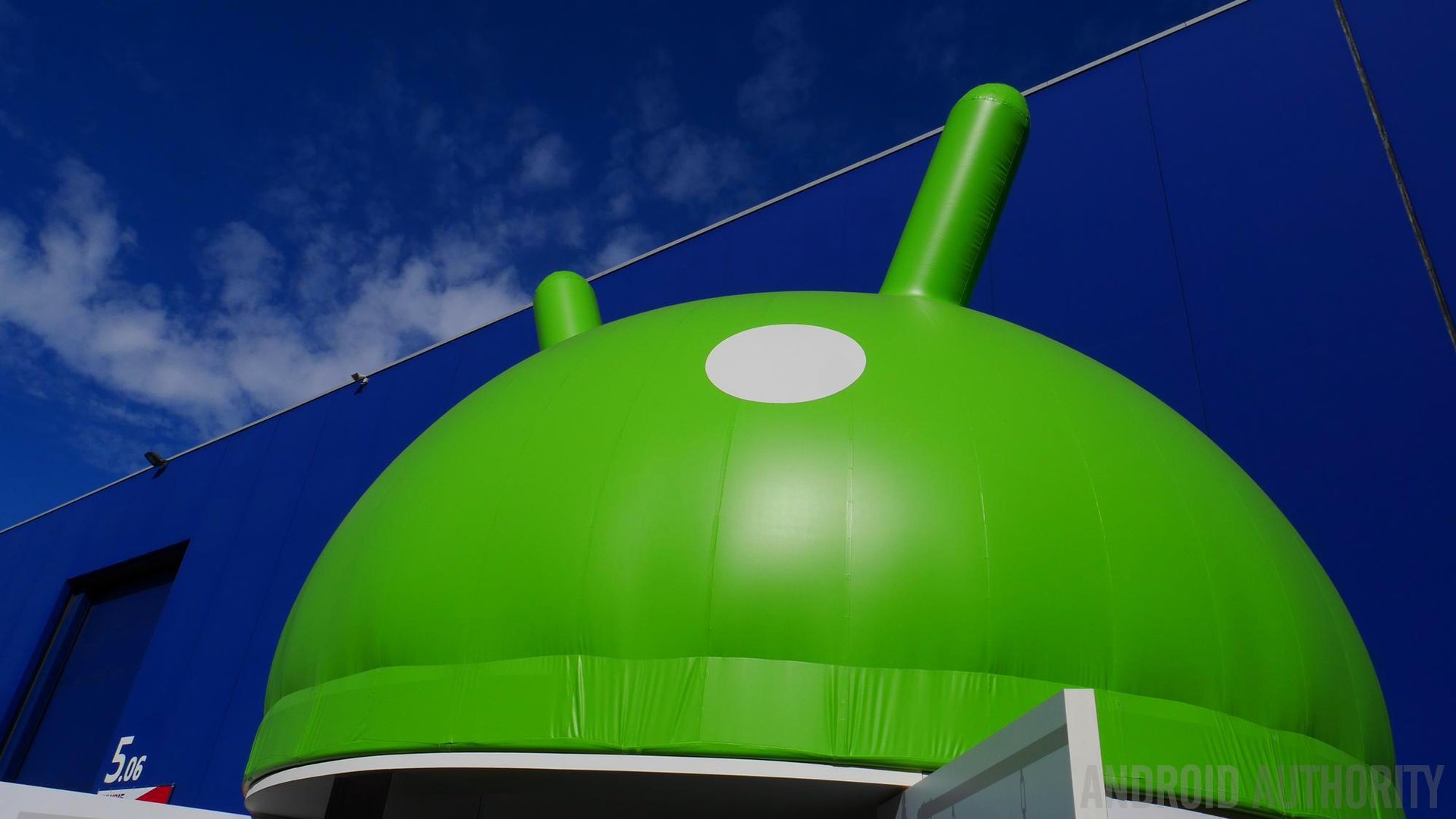
We can be pretty confident that Google will be launching Android M at Google I/O next week, after it was accidentally mentioned in an Android for Work event schedule. As Android continues to mature with each new version it’s getting harder to predict what’s up next. We don’t expect a major overhaul this time around, but there’s definitely still work to be done.
We know very little about Android M so far. It seems a safe bet that there will be no aesthetic redesign after the upheaval of Material Design in Lollipop, but we might see a subtle refinement and extension of that style. It also seems like a safe assumption that Google will be aiming for performance improvements, but what else will Android M bring?
Enterprise and security
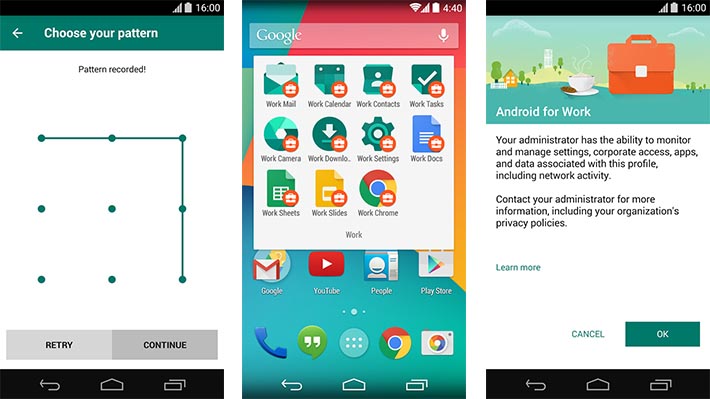
The biggest clue we do have about Android M came from the I/O schedule description for an Android for Work Update, which was later removed. It started with the line “Android M is bringing the power of Android to all kinds of workplaces.”
Google is way behind in the race to replace BlackBerry as the platform of choice for the enterprise, but it has started to make some serious moves with the Android for Work program, which helps to separate work from play on the same device. Perhaps Android M will offer more options for configuration and control in IT departments. Maybe employee tracking will figure in there. Android devices are already flooding into workplaces as part of the BYOD (bring our own device) trend and they are generally cheaper than the alternatives. Android M could make moves to capitalize on the enterprise.
It certainly looks likely that it will beef up the security credentials. We may see improvements to the Smart Lock feature, and more user authentication techniques designed to make it easier to maintain security based on Android devices.
Voice controls
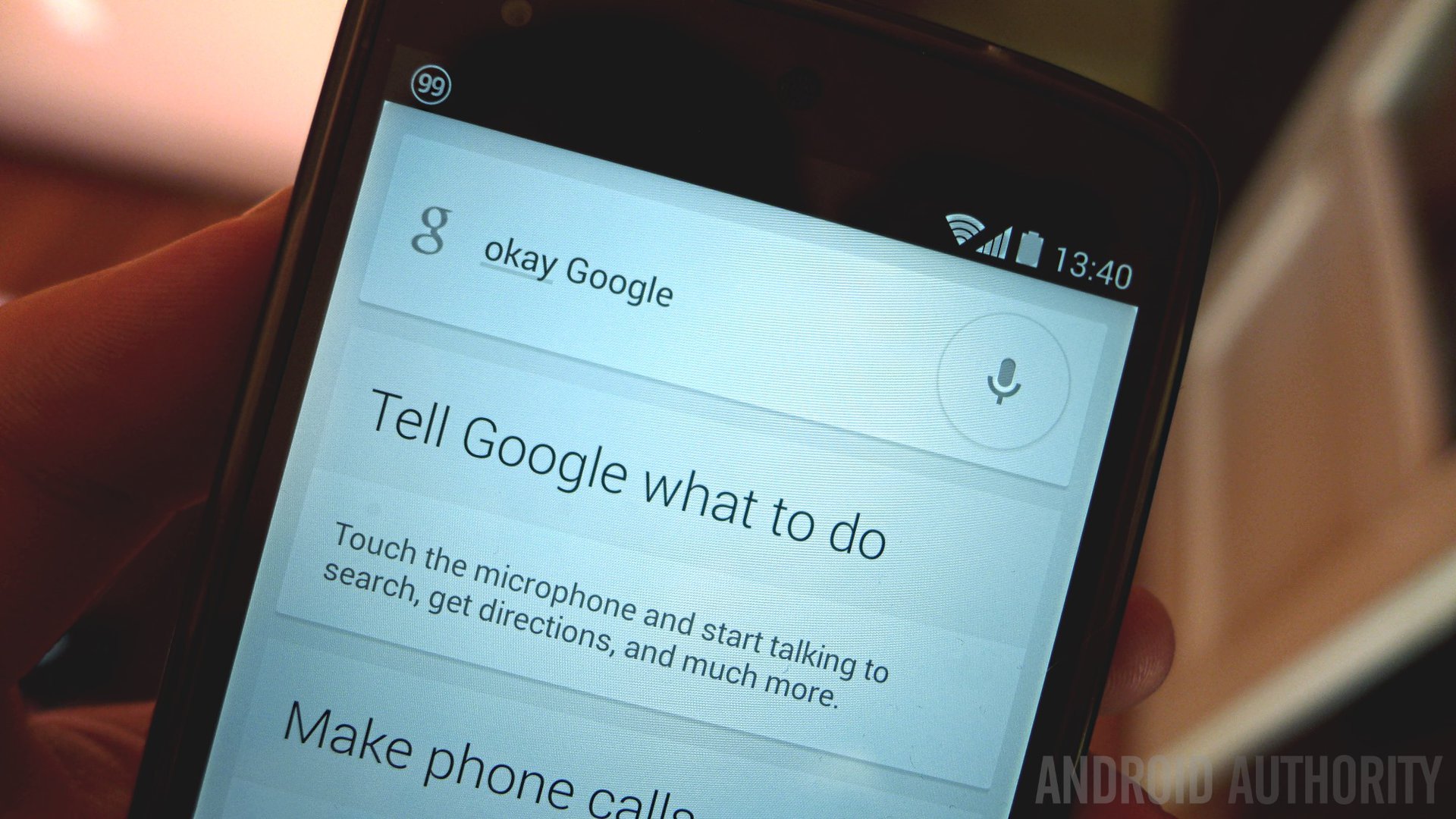
Will we see greater integration of Google Now into Android? There’s a chance that voice controls are going to be rolled out across the platform, so you’ll be able to use them to navigate around your device with voice alone. The speculation about this was based on another session that also seems to have been removed from the schedule. From the sounds of it, this could be focused on improving the Android Auto experience, but we really can’t say for sure at this point.
Expanding Android
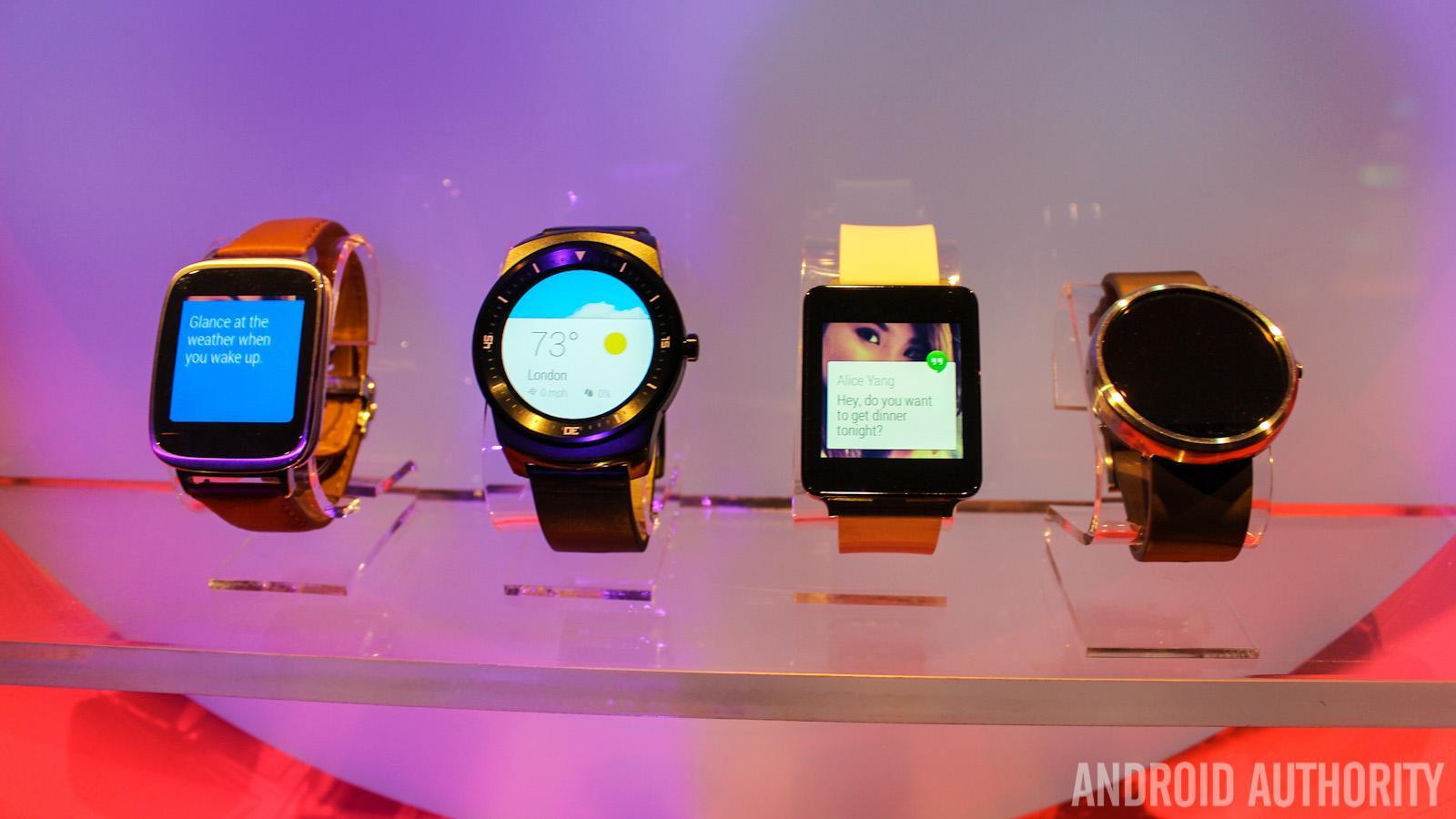
There’s no doubt we’ll be seeing more moves to help Android expand beyond smartphones and tablets. Android M has three areas to cover – cars, wearables, and TV.
- Android Auto – One rumor has suggested that cars will start to roll out with Android M installed. A full version of Android M in a car without the need for your smartphone to hook up could be a very interesting prospect. In either case, Android M will surely come with some more features that have drivers in mind.
- Android Wear – Google has to continue to improve Android Wear as the smartwatch category starts to really take off. Killer apps would drive adoption, but that’s largely going to be down to developers.
- Android TV – Google Cast and Android TV could offer new ways to find content, play games, and more on the big screen in your living room. How is it going to work with multiple accounts and devices? There are lots of questions to be answered here.
What we want to see
That’s about it for clues, but how about what we would really like to see in Android M? Here are a few ideas:
Unified notifications

Android users with multiple devices will be familiar with this issue. You get the same notification on your smartwatch, your smartphone, and your tablet, and you have to dismiss it on all three. Obviously, you only really need to see it once. Why can’t Android work out which device to alert, or at least dismiss the notification on all devices when you dismiss it on one? We’re hoping to see some proper synchronization of notifications in Android M.
Not everyone loves the notification system, but Google has been trying to improve it, most recently with the priority options. A single hub for unified messaging from all your different email and messaging accounts is something we’ve seen people asking for repeatedly. Maybe by adding expand and reply options for everything that comes into the notification shade, the existing system will become exactly this.
Split screen or floating apps
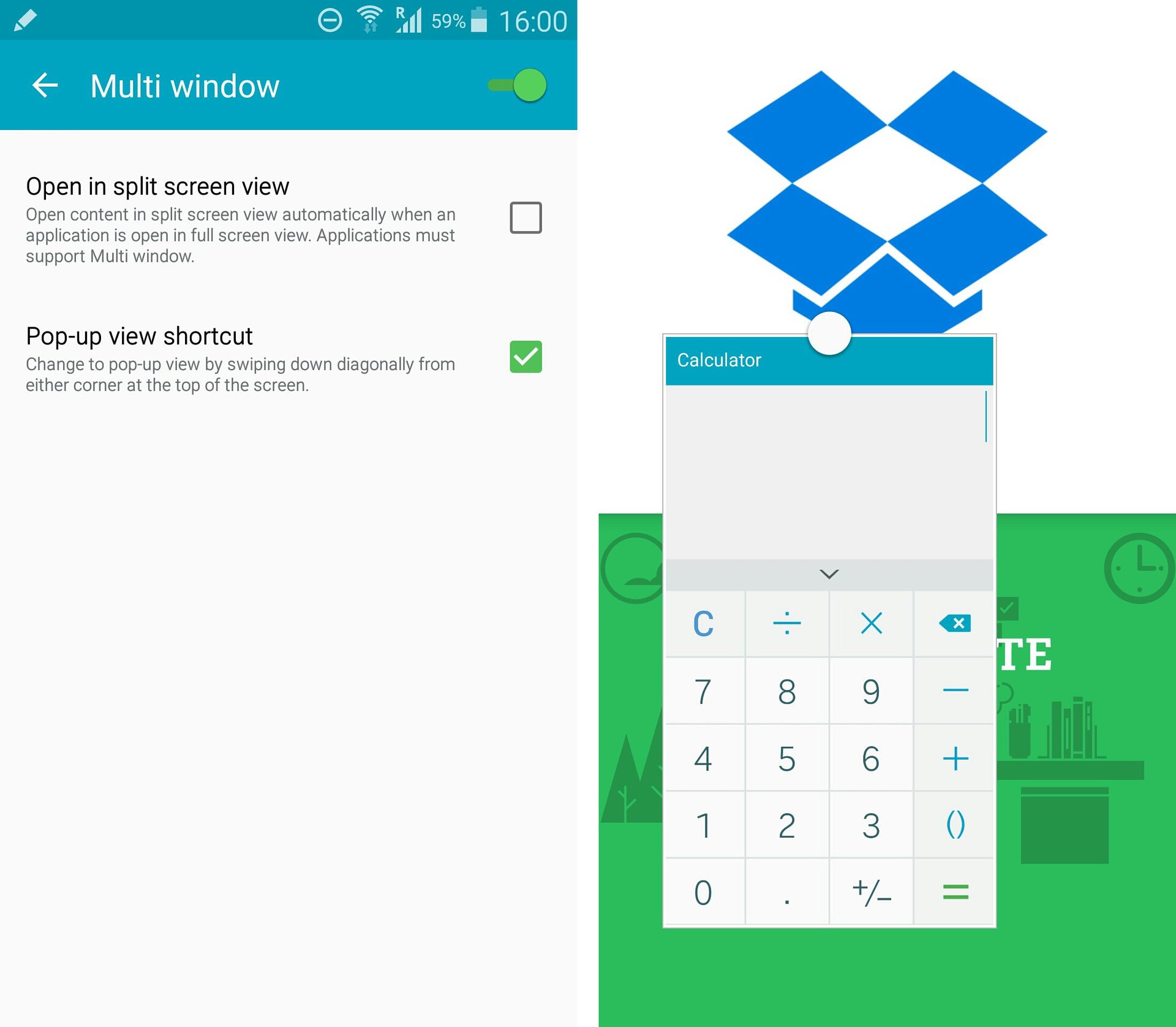
It’s almost a year now since we suggested split screen should come to stock Android. As screens get bigger, it makes sense to be able to open a couple of apps at once. It’s especially handy on a tablet. Manufacturers have led the way here with split screen options and floating apps. It’s about time Google baked it into the platform.
Other ideas
There are a few other areas that could be improved. How about more customization for the keyboard? A lot of manufacturers have introduced gestures as shortcuts, could they make an appearance in Android M? Maybe it’s time for another dig at smart home options? Perhaps we’ll see further integration of Chrome OS and Android. There’s room to improve the backup options to make it easier and faster to restore a backup. It may also be a good idea to change the volume controls back, so you can tweak the volume before the clip plays, as anyone who has woken their sleeping partner with a surprisingly loud video clip can attest.
Release date
It may seem like Android M is premature, when you consider Lollipop has only hit around 10% penetration, but we think Google is already moving towards an annual release cycle for Android. That means Android M will get a developer preview first, ahead of a consumer launch towards the end of the year. November is our best guess for a release date.
What will it be called?

Let’s finish off with the all important question of what moniker this new Android flavor is going to adapt. There’s certainly plenty of possibilities, but be sure to tell us your favorite in this poll: